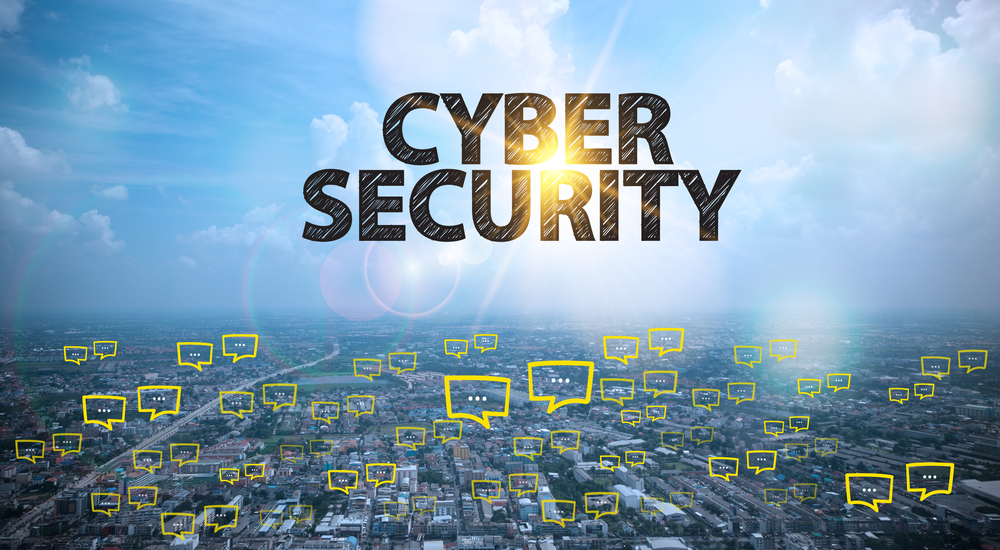Increased transmission of data across the world has allowed not only our day to day lives to be moved at a relatively fast pace, but it allows communication with data centers globally. For the past 20 years, the world has witnessed the uprising of the internet, instant video and audio with people in other countries, as well as the ability to instantly download and upload virtually every second of our lives into the cloud. This ability to constantly be connected to the world around you has come with great benefit and with great concern as cybersecurity has become the number concern of many nations. Cybersecurity as a whole could be defined as simply being protected against any type of criminal use of data or measures being used achieve it. Make no mistake; manufacturing companies have had to protect themselves against catastrophic attacks directly affecting the production of goods since day one. Since increased technology requires faster productivity manufacturers have had to provide solutions to that problem with advancements in drive technologies such as variable speed drives, inverters and soft-starts and many other software driven hardware items. As a direct result, manufacturing companies are now open to attack by ransomware.
- Ransomware is a very malicious type of software that threatens to publish the victims data until a “ransom” has been paid. Typical ransomware attacks are executed by a Trojan horse virus that enters into the system by a vulnerability in the network source.
- Encryption in Ransomware made an appearance in 2013 with a virus known as Cryptolocker. This custom virus not only deeply infected millions of users but the malware actually threatened to delete the private key that users had purchased unless payment of bitcoin were made within 3 days.
- Another example is Fusob. While only in the mobile market, between April 2015 and March 2016, about 56 percent of accounted mobile ransomwares was Fusob and was yet another huge attack against industry growth.
These increased number of attacks have not only plagued end user markets, but have had a lasting impact in the manufacturing sector as well. Requirements for manufacturers in the US and abroad to step up their cybersecurity efforts have had to transform the way that companies localize their IT needs as well as the programming that their facilities run on. On a daily basis facilities lose programming and parameters stored in drives and many other program operated environments. Timely backups of these mission critical softwares are crucial to thwarting these attacks. Facilities are becoming more proactive in toward ransomware attacks on their applications, however step one should always be to:
- Back up your programming.
-
-
- Always having your provided programming and parameters on standby is paramount in having reliable backups ready to go should your facility be under a ransomware attack.
- It only takes a few moments to ensure that the environment that you run is a secure one. Understanding where your data is currently and how accessible it is to outside sources are a crucial component to avoiding these attacks.
- Most of these attacks are from within the U.S. and are typically from compromised machines and networks. Having constant checks on not only your network but all things associated with that network is another key to that success.
-
- IT and Manufacturing go hand in hand.
-
-
- While great purchasing and inventory personnel are always crucial to running a high production environment, get to know your IT guy. The mainframe of your network and your data backups are ran by IT.
-
Growing manufacturing companies need to understand the risks of having open networks, and in order for those manufacturers to continue to be successful they should understand the risks and chance of loss to their data. Knowing where their data is, where their programming and parameters are and where to obtain them when under an attack or when their facility is down will always be the first line of defense.
